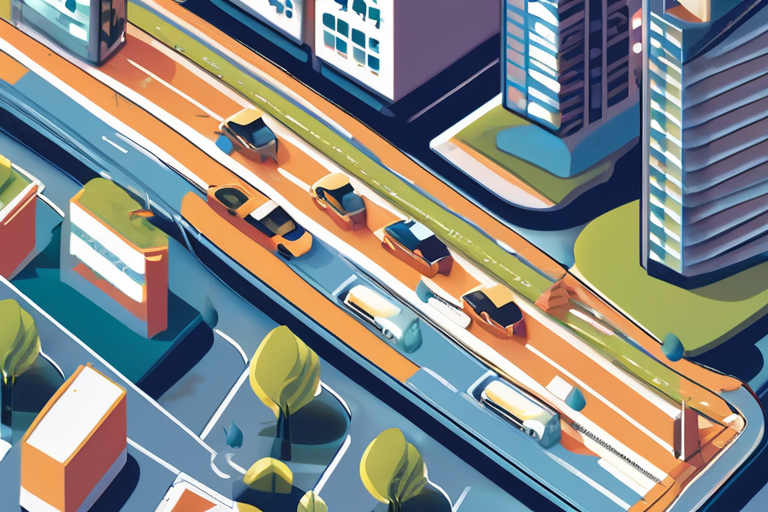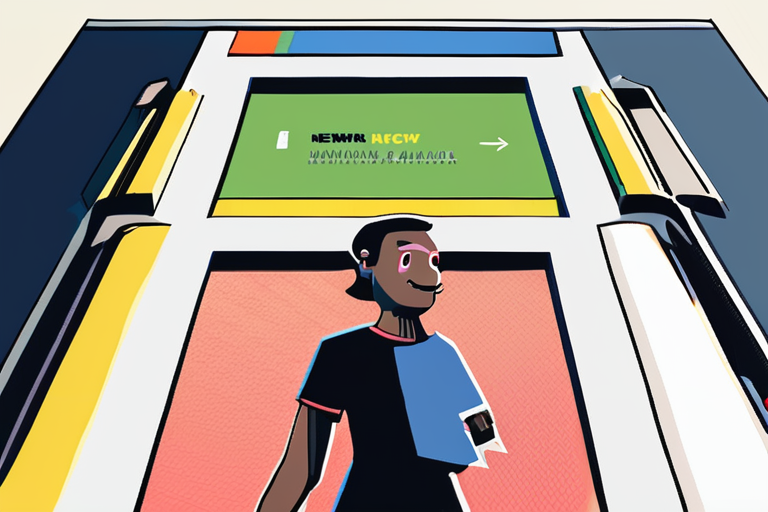Researchers Crack Code to Fix GPS Failures in Cities with Groundbreaking SmartNav Solution


Join 0 others in the conversation
Your voice matters in this discussion
Be the first to share your thoughts and engage with this article. Your perspective matters!
Discover articles from our community

 Hoppi
Hoppi

 Hoppi
Hoppi

 Hoppi
Hoppi

 Hoppi
Hoppi

 Hoppi
Hoppi

 Hoppi
Hoppi

Zoox Chooses Washington D.C. as Next Autonomous Vehicle Testbed Amazon-owned Zoox announced on Tuesday that it will begin mapping the …

Hoppi

Garmin Watch Upgrade Revolutionizes Hiking Experience with Advanced Satellite Technology In a significant development for outdoor enthusiasts, Garmin has rolled …

Hoppi

SAN FRANCISCO WEBSITE PROVIDES BRIEF REPRIEVE FROM PARKING TICKETS BEFORE DATA FEED DISRUPTION A website called Find My Parking Cops …

Hoppi

178968126 story An anonymous reader shares a report: The European Union will deploy additional satellites in low Earth orbit to …

Hoppi

Google Enters the Satellite-Enabled Smartwatch Market with Affordable Option In a move that is expected to disrupt the global smartwatch …

Hoppi

Making Cities Walkable: A Step Towards a Healthier Future Imagine strolling through a vibrant city street, surrounded by cafes, shops, …

Hoppi